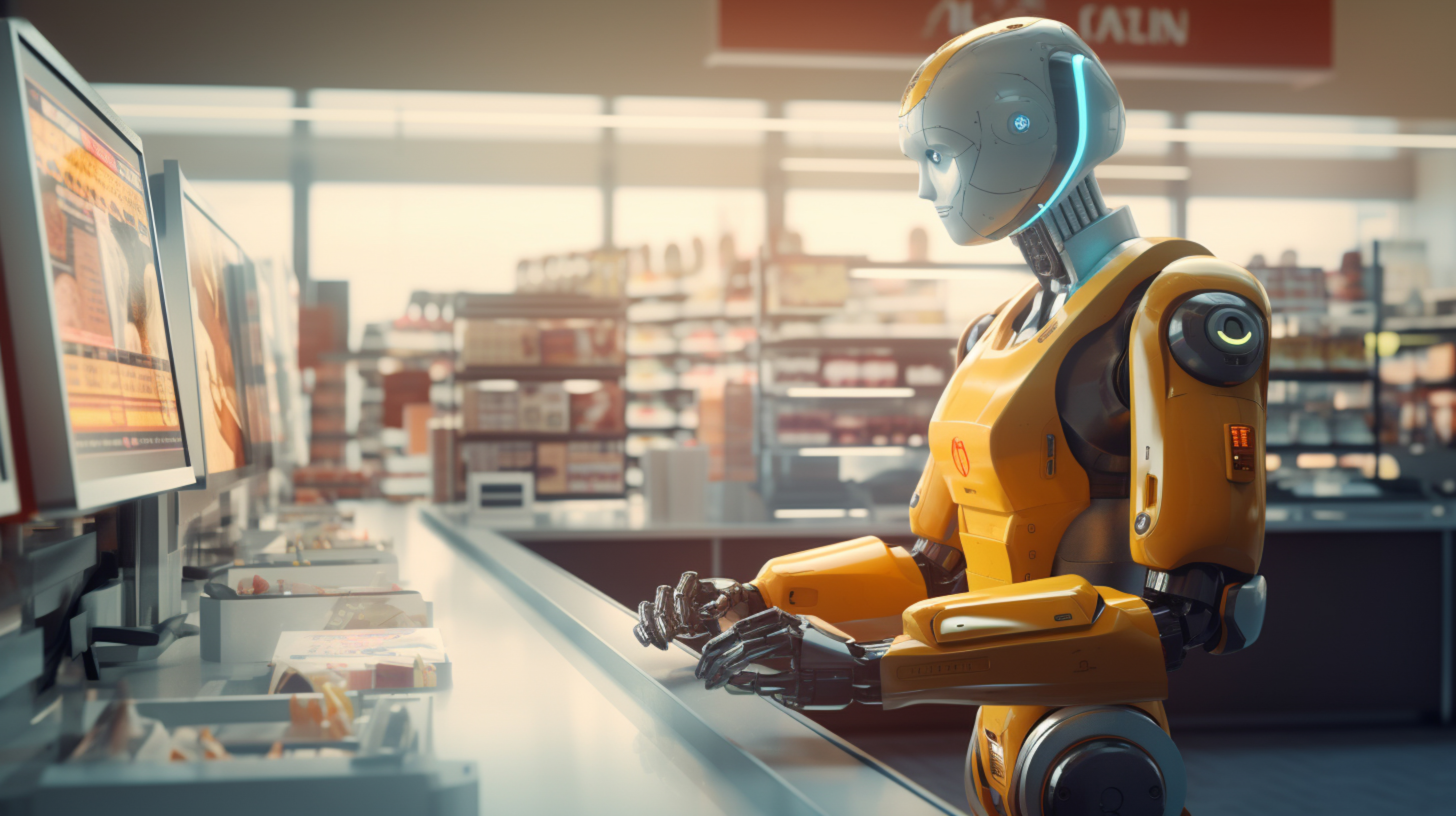The Future of Work with AI and Automation
Automation has been around since the first industrial revolution, but it has transformed at a rapid rate in recent times, changing the way we live, work, and run businesses and this trend is expected to continue in the coming years. While the accelerated advancements in AI and automation technologies are expected to improve the business, the economy, and the products and services we consume in the future, there is a widespread apprehension that it will affect the workforce negatively.
However, it is important to understand at this juncture that Robots have worked side by side with humans on factory floors for over 50 years now, and workers staged protests over automation as far back as the Industrial Revolution, but employment opportunities only increased over time. That said, judicious use of automation is what is required.
How are Artificial Intelligence and Automation Going to Change Everything
AI and automation will impact the future of work by changing how labour works. The accelerated advancements in automation will make some jobs obsolete and redundant and displace human workers while creating new jobs. This is already happening in various industries notably in manufacturing, transportation, and customer service.
Deep learning - a type of machine learning that uses neural networks to teach computers to do things that come naturally to humans - is one of the key technologies that will influence the future of work. Deep Learning technology is seen used in picture identification, natural language processing (NLP), and self-driving autonomous vehicles.
“Automation could help us cure rare diseases. It could help us fix the climate crisis. It could do any number of amazing things that we really, really need,” says author and New York Times tech columnist Kevin Roose in an interview with NPR. He also said a lot of people would fall from the effect of automation which has happened during every technological transformation in the past.
Automation will benefit businesses through enhanced productivity, cost savings, and the designing and developing of innovative goods and services. However, organizations must consider its impact on the workforce and support employees to transition to new jobs, by providing retraining and upskilling programs to the employees who are displaced or likely to lose jobs.
Emerging Automation Trends
AI and automation are advancing swiftly and are constantly finding new use cases. This makes it impractical to predict the future automation trend, but we will touch base on some of the trends that have already begun.
Metaverse
The concept of the metaverse is to merge technologies of virtual reality (VR), augmented reality (AR), and artificial intelligence (AI), powered by faster 5G connectivity. This will create an environment where activities ranging from assembling a machine, providing medical treatment, and monitoring patients remotely to servicing your car through the Do It Yourself (DIY) way will become possible.
Hyper Automation
This concept according to the consultancy Gartner, will be one of the impact-making technological trends in the future. Hyperautomation, more than automating merely repetitive manual tasks, refers to the orchestrated use of a combination of technologies such as robotic process automation (RPA), Artificial Intelligence, and Machine Learning to automate as many business and IT processes as possible. Hyper automation enabled by various tools like RPA can convert various manual processes in business operations into automated processes.
Intelligent Automation
This will help businesses automate low-value and time-consuming transactions and processes like cash application and invoice matching. Intelligent automation leveraged by RPA will facilitate managing repetitive tasks in business processes such as procurement to pay (P2P) and order to cash (OTC) functions, intelligent document management, and other manual tasks. RPA combines with emerging technologies such as Data analysis and AI, helps achieve this and allows employees or human interfaces to focus on solving complex problems.
No-Code/Low-Code Tools
Low-code or no-code tools are already available but they will see an increased use in businesses. These tools powered by AI will help people with low or no coding skills to write codes for the desired application by uploading a requirement document. The tool will convert the requirement into code to develop the application. This user-friendly tool allows the business user to build a software application without the involvement of a programmer.
Digital Twins
This will be one of the hot technology trends in 2023, which will play a crucial role in making businesses future-ready. Various businesses in areas like manufacturing, supply chain, healthcare, supply chain, and retail currently employ digital twins. The technology can help businesses test items for flaws, mistakes and bottlenecks with the use of the digital twin of an item or product.
Super Applications
Many companies are following hybrid work culture these days. These apps will enable such companies to monitor employees working remotely and measure their efficiencies in real-time.
Concluding Note
Unless automation is used judiciously, it can be harmful to the well-being of humans. It can displace workers, can become dangerous in the hands of miscreants, and can even make the world an unlivable place. This is evident from the words of Geoffrey Hinton, also known as the “godfather of AI”, who has recently left Google to spend his time warning of the risks of the technology he received his PhD 45 years ago.
That said, automation is not only going to stay but its advancements and adoption will be accelerated in the future. Automation will, of course, benefit economies, organizations, and individuals in many different ways that include automating works that human does not want to do or cannot do. When more companies plan to adopt automation to improve efficiency and productivity, there will be a spike in demand for relevant talent. Companies will start exploring platforms that aggregate talent and offer tasks as a service, to overcome the challenges in hiring the right talent.




